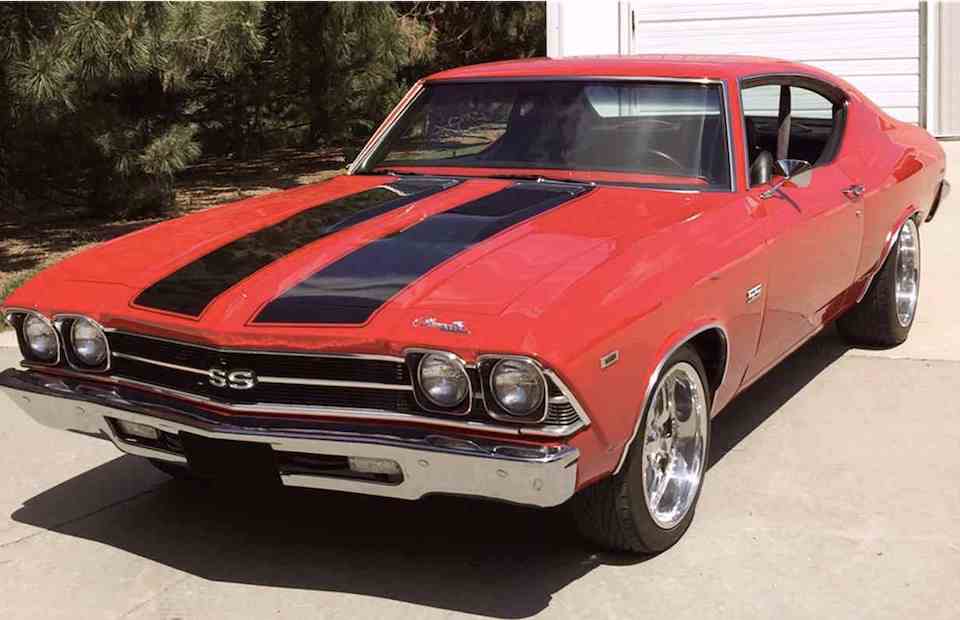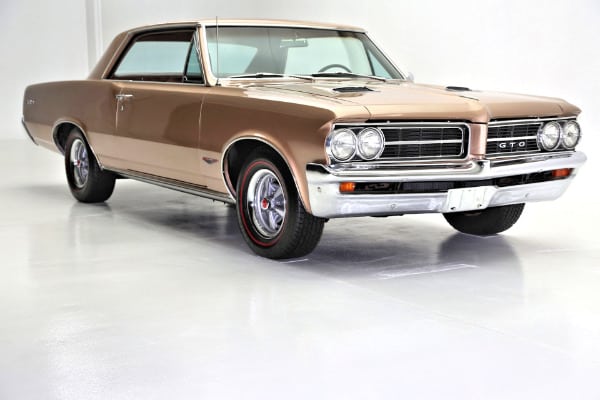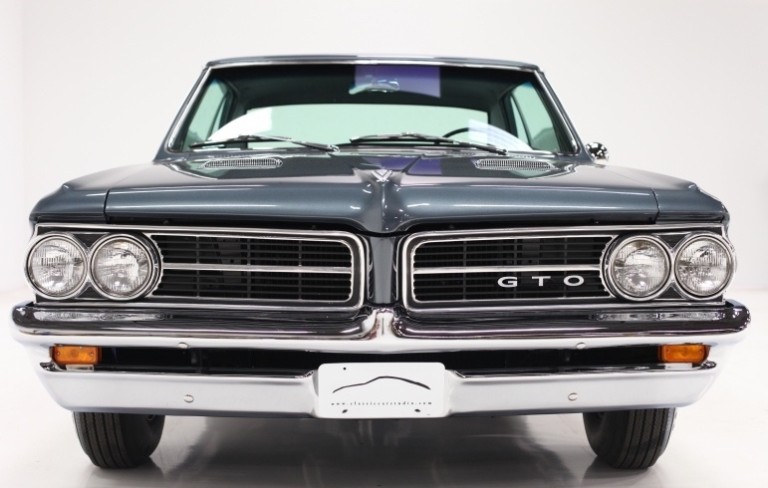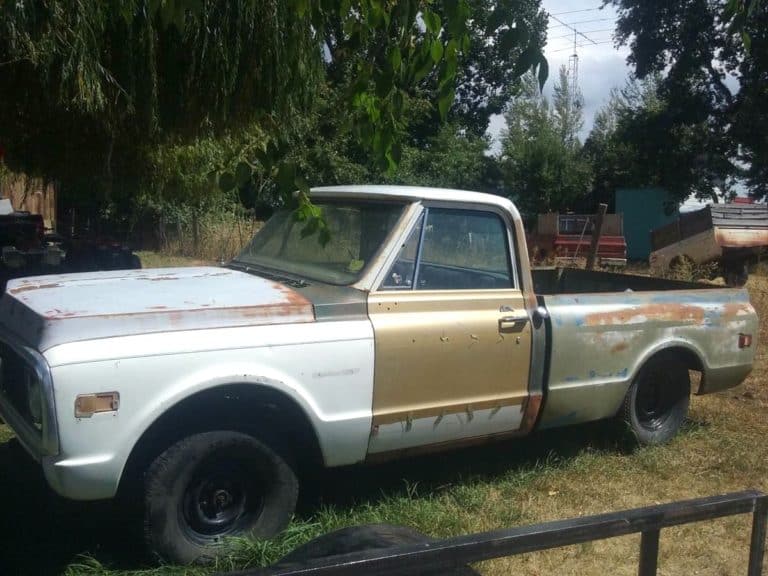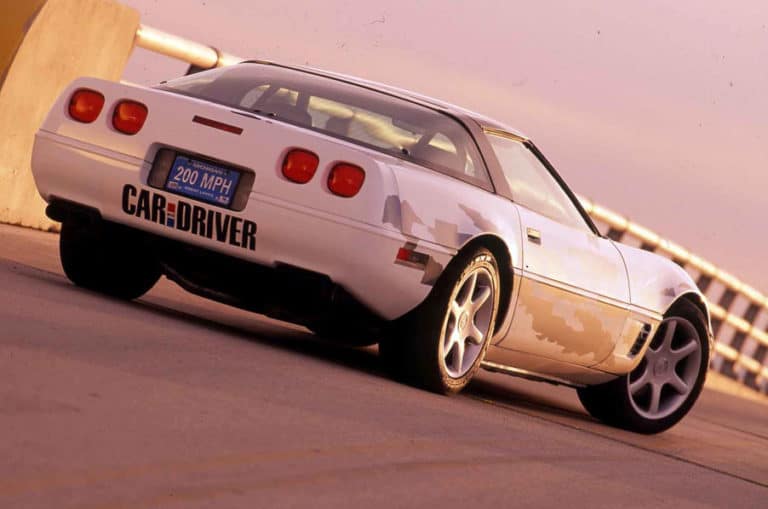Is My Chevelle A Real SS?
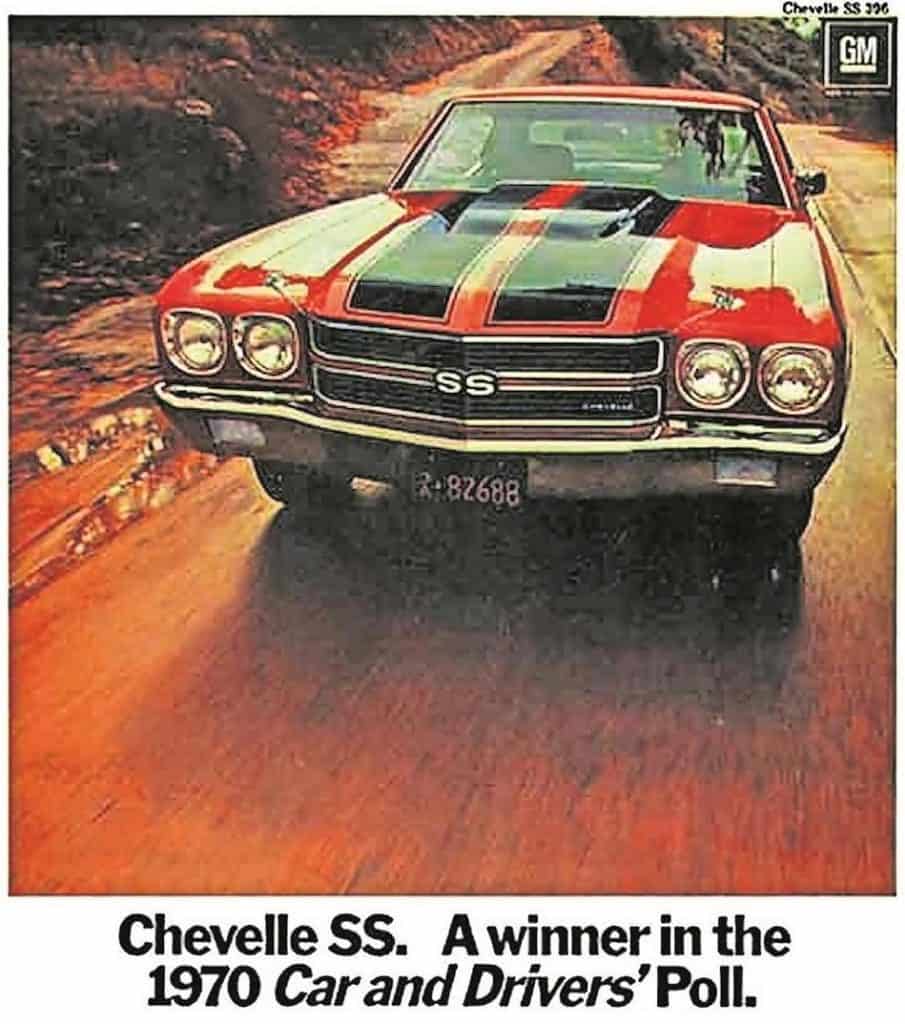
I’ve owned two Chevelles in my lifetime, a 1968 and a 1969. Both proudly carried the SS emblems on them but only one was a real SS as far as I know. I bought The 69 just after I graduated from high school in 1974, and the other one I bought with one of my boys in 1993. Let’s talk about the difference between these two cars, what makes one a clone, and the ways we can tell them apart.
How can you tell if your Chevelle is a real SS?
- Run the VIN number
- Check if there is an SS package code on the build sheet
- Check the engine number with a Chevrolet dealer
- Check the trim tag on driver side door
- Compare options to an SS option list for the year
It can be tricky and even confusing to be sure if a Chevelle is a real SS. Follow along as we see what an SS is made of.
What Makes A Chevelle An SS?
There are a number of different ways to determine if a car is a true SS, or if it is a clone, and even after checking all these it can still be difficult.
Here is a checklist for determining if a 69 Chevelle is an SS:
- For ’68-’70, only big-blocks were available on the SS.
- In ’68-’69 the 396 engine was generally only available as part of the SS package.
- All ’68-’70 SS’s and ’68-’72 big-blocks came with 4-barrel carburetors.
- The 396 big blocks (from ’68-’70) came with either the TH-400, or a Muncie 3 or 4 speed.
- Big-blocks came standard with a 12-bolt rear axle.
- The ’68-’72 SS grilles were generally painted black, while the non-SS models were often silver.
- Engine codes can also be used to authenticate SSs. The engine blocks usually will have a portion of the vehicle’s VIN number stamped into it. The last 6 digits of the engine stamp should match the last six digits of the vehicle’s VIN. If the engine has been changed out this doesn’t pertain.
- The ’69-’72 SS vehicles assembled by GM in Canada have a “Z15” or “Z25” code on the cowl tag.
- There were two colors that were exclusive to the ’69 SS. “Monaco Orange” (code 72) and “Daytona Yellow” (code 76). If either of these paint codes appear on the cowl tag (and the cowl tag is genuine) then that would prove the car to be a genuine SS.
- 1969 SSs had “SS/396” emblems on the front, back, fenders, door panels, on the dash above the glove box, and on the standard SS steering wheel.
- The ’69 SS came with 14″ SS wheels with “SS” center caps.
- From 1969 on, the SS was no longer a separate model. Instead, it was now an “SS” option package added to a 300 Deluxe model, Malibu model, or El Camino Custom model.
My 1969 Chevelle SS
I bought my 1969 Chevelle before cloning had become popular among car enthusiasts. They were plentiful and they hadn’t became sought after by collectors yet. I bought mine for $500 because it needed engine work and a good cleaning up. At the time a good running 5 or 6 year old Chevelle SS could be bought for $1200 to $1500, so there really was no need for cloning.
As a 17 year old I had absolutely no care or concern if my Chevelle was authentic. It had a 396 4 speed with a black bucket seat interior with all the badging in the right places. I didn’t even know what a clone was.
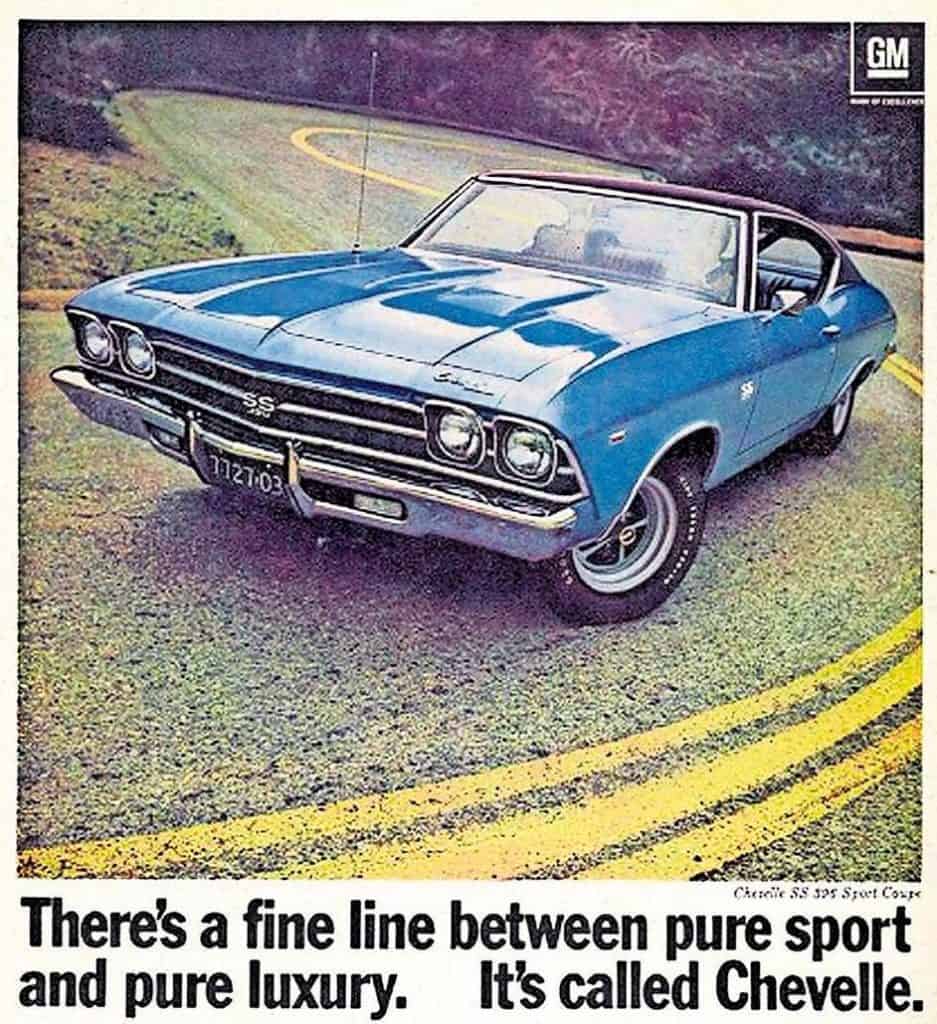
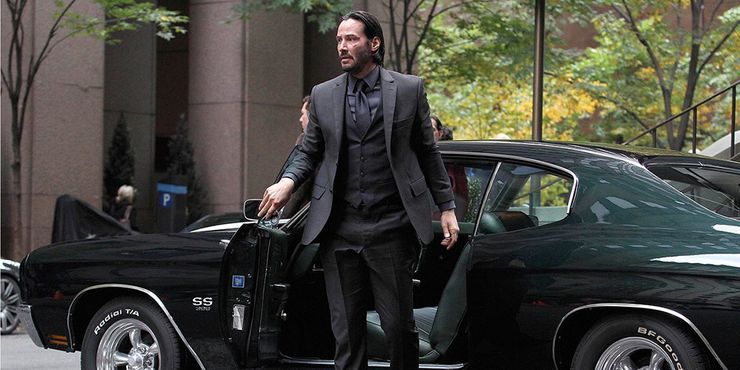
In 1969, the SS396 as a series was gone. The SS 396 was an option under RPO Z25 SS396 Equipment. Bucket seats and gauges/tachometer were options, even on the SS396.
Dale McIntosh, Chevelle Restoration and Authenticity Guide, 2019
Was My 1969 Chevelle a Real SS?

I have no reason to believe that my 1969 Chevelle wasn’t a real SS. As I stated above it was the big block 396 with the 4 speed transmission behind it. It was an all black interior with bucket seats and the SS steering wheel. It was the burgundy color with a black painted grille and had the badging in all the right places.
I never bothered looking for the build sheet under the back seat or tried to run the VIN to see if it was real. This was at a time when if someone told you something about a car you took it as truth. Makes you long for the pre cloning and car cheating days.
An extremely rare 1969 Chevelle engine optional was the 427-cid V8 that was available, in very limited numbers, on a special basis. These engines came from GM’s Tonawanda NY factory. Only 358 of the 427’s went into Chevelles, and the largest number went to dealer Don Yenko who ordered 427 Chevelle for his dealership in Canonsburg PA.
Old Cars Weekly Jan 2020
Our 1968 Chevelle SS Clone
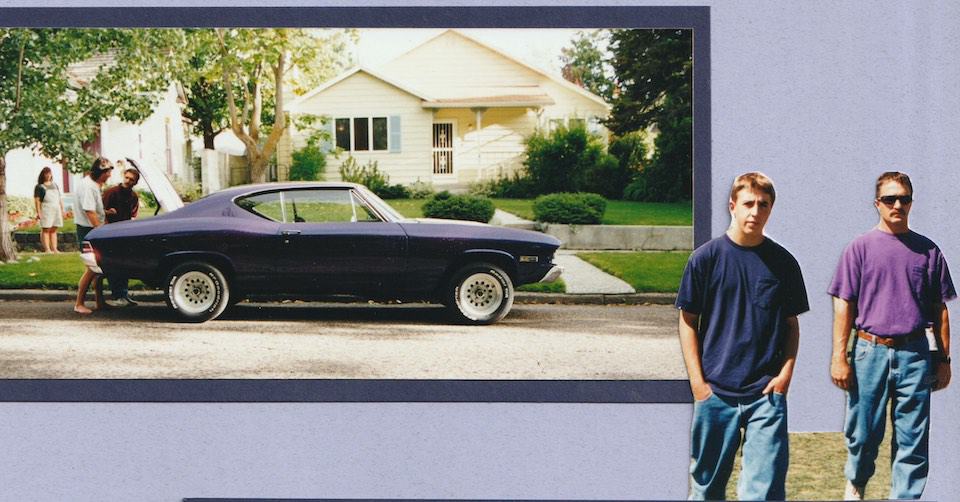
The 1968 Chevelle my son and I bought was a different story. It was 1993 so there was a lot of cloning of cars going on then. I guess the world was just running short of the real SS’s.
As an example, a friend of mine had just bought a 1966 GTO from another acquaintance of mine that turned out to be a clone. There was quite an argument going on with the seller saying that was how he bought it so that’s how he was selling it.
That didn’t sit well with the buyer so after a threat of a lawsuit the seller gave him his money back and he eventually traded the car for some snowmobiles.
The one we bought was advertised as a clone with a 396 and a TH400 behind it that had new paint, interior, badging and the all nice wheels and tires. We thought it would be worth taking a look at and boy were we surprised how beautiful this car was. It was glacier blue with the white striping on the trunk and hood.
The owner was asking $6000 but he let it be known that he was involved in the purchase of an airplane and needed the money pretty bad. We ended up paying $5000 for the car and took it home.

The seller came down with a really bad case of seller’s remorse. We had only had the car for a couple of weeks when he called wanting to buy it back. He even offered more than we paid for it but my son and I, and really the whole family had fallen in love with the car, so no deal.
That car was one of those cars you instantly fall in love with. The seller had done an immaculate job from top to bottom. The under carriage had been stripped and painted, along with every other piece of the car. I felt bad for him wanting it back but not bad enough to disappoint my son.
1968 Chevelle SS Facts
- In 1968, the SS was a separate model (the “SS-396”). Therefore, it can be identified by the VIN number.
- All genuine Super Sports from 1966-1968 have an “8” as the third digit of the VIN.
- Genuine ’68 SS-396 Chevelles had chrome trim pieces on the lower body sides both in front of, and behind the rear wheels.
- Genuine ’68 SS-396s could come with standard Chevy rally wheels, or even with plain “dog-dish” hub caps.
- The only available engine in the ’68 SS was the 396. It came as either the 325 HP “L35”, the 350 HP “L34”, or the 375 HP “L78”.
- The ’68 SS models had “SS/396” emblems on the front and back, on the door panels, above the glove box, and on the steering wheel.
- The ’68 SS stripe option was either a black, white, or red stripe which ran across the front header panel above the grille, angled downwards towards the bottom of the front fenders, and then along the lower body sides to the back.
- In Canada, GM sold a very unusual vehicle that was basically a Chevelle, but it was called a “Beaumont”.
Colors For 1969 Chevelle SS

Final Thoughts
The Chevelle SS’s are really a breed of their own. When you drive one you get a lot of looks and they draw a lot of attention at the car shows. They are a beautiful body style that is saying “look at me I am fast”. Today they are some of the most sought after muscle cars by collectors and those that like to rebuild them. If you’re in the hunt for a true SS be sure and do your homework because a large percentage of them are clones.
The Tool Box
Heres a nice finishing touch for that Chevy.
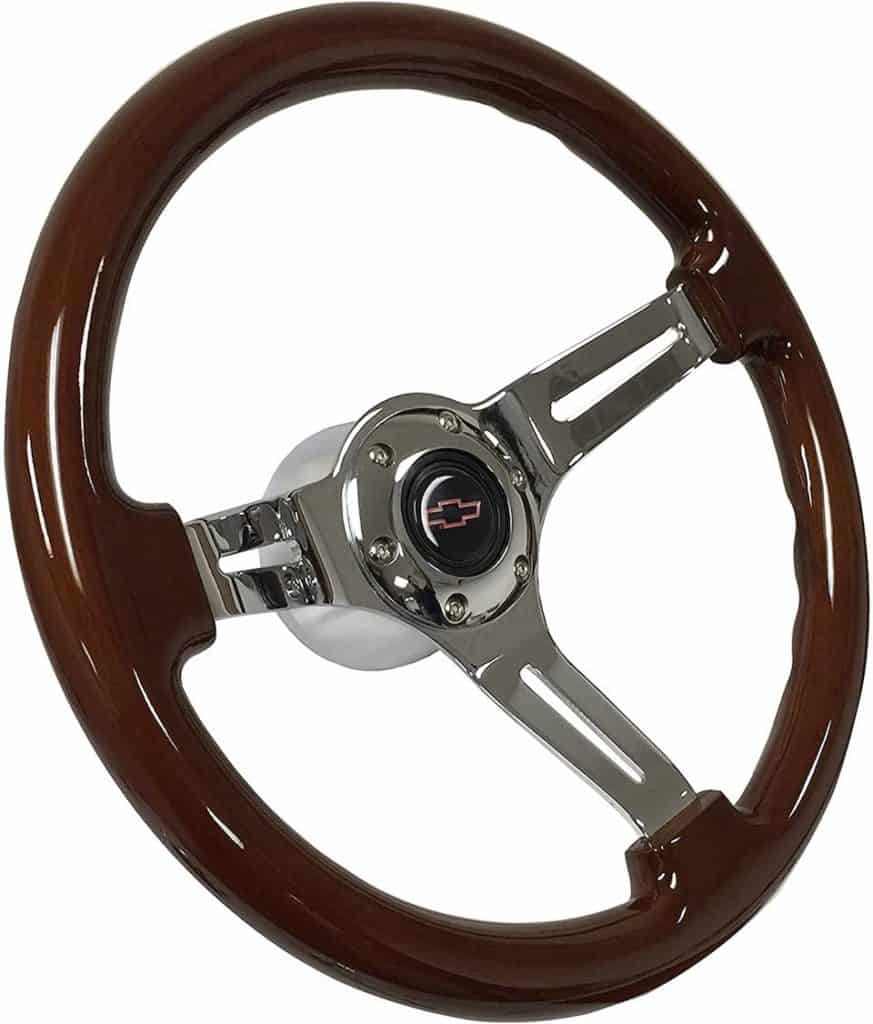
Great street machine cam.

Related Topics
How much horsepower does a 1969 Chevelle have? The largest engine in the 69 Chevelle had 425 horsepower. The big news for 1969 was the introduction of the 425 horsepower L72 427ci engine. This was only available as a Central Office Production Order. The L72 used a solid-lifter camshaft, cast-iron heads, and an aluminum intake manifold with an 800-cfm Holley carburetor.
What is the difference between a 396 and 402? The 402 had a three letter engine code vs a two letter code for the 396. The biggest difference in the two engines is the 402 had the alternator on the passenger side with a Long Water Pump in stead of the short water pump. The 402 and 396 are the same engine other than the .030 difference in the bore.
sources: chevelles.com
Dale McIntosh, Chevelle Restoration and Authenticity Guide, 2019
Old Cars Weekly, Jan 2020
